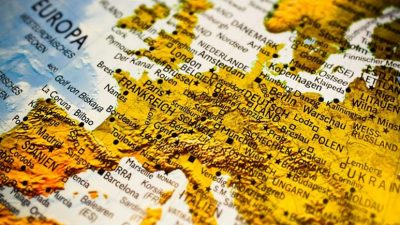Europe’s Schengen zone — the world’s largest multinational free-travel area — is set to get even bigger now that Croatia has met the technical criteria to join.
The Schengen zone currently comprises 22 of the EU’s 28 member states as well as four non-EU members: Norway, Iceland, Switzerland, Spain and Liechtenstein. (Croatia, which joined the EU in 2013, is one of six members not in Schengen, alongside the UK, Ireland, Bulgaria, Romania and Cyprus.)
Obtaining Residency in Spain will allow you to visit and travel freely and without visa controls in the entire Schengen zone.
After Spanish citizenship is achieved and a Spanish Passport is obtained, the Schengen zone opens to allow not only free movement but freedom to live in its entirety.
The zone’s external borders cover 50,000 kilometres, according to the European Parliament.
Who is in Europe’s free travel Schengen Area?
France, Denmark, Norway, Sweden, Germany and Austria have reintroduced temporary border controls as of October 26, 2019
“The Schengen area is one of the greatest achievements of the European Union,” wrote the lead author, Carlos Coelho, a Portuguese member of the EPP.
Permanent residency is obtained after 5 years of Spanish Residency through Self-Empoyed Residency or Non-Lucrative Residency or Residency through Investment. This followed by 5 years as a permanent resident and means you can then obtain Spanish Citizenship with a Spanish Passport.




